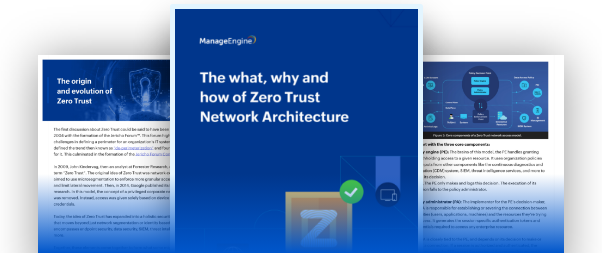- Key principles
- How it differs
- Network diagram
Zero Trust Security > What is Zero Trust: Explained
What is Zero Trust security: Explained
Zero Trust network architecture (ZTNA) or Zero Trust security is a new approach to organizational cybersecurity. It aims to fix the flaws in traditional perimeter-based security and simplify network design.
It operates on the principle of "never trust, always verify". This means that irrespective of where a user or device is and whether they've accessed a resource before, they need to be verified and authenticated before being given access again.

